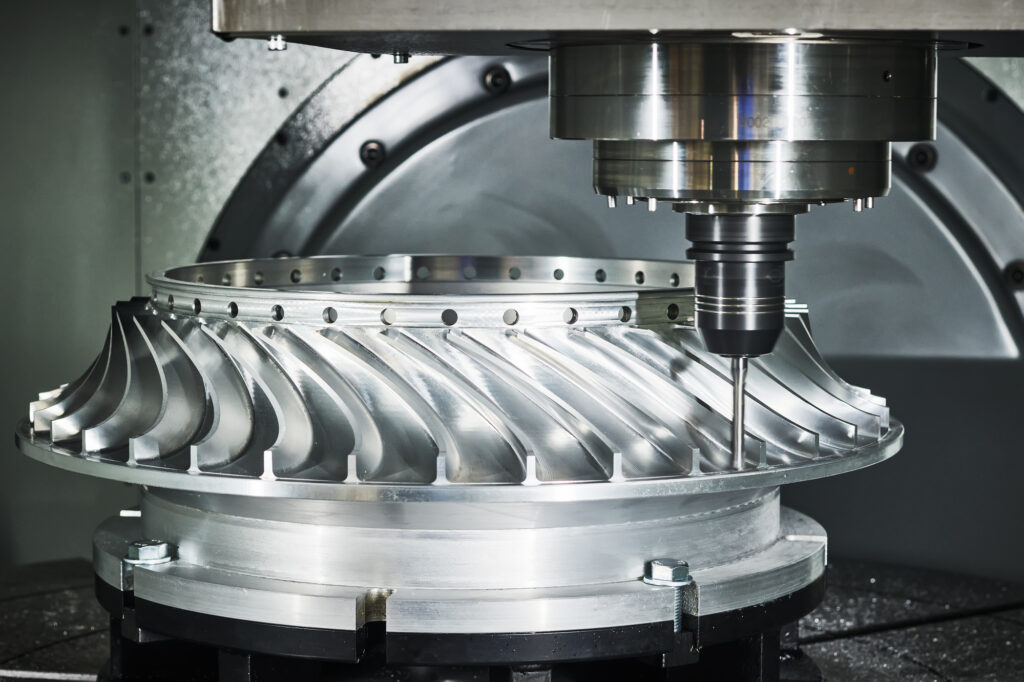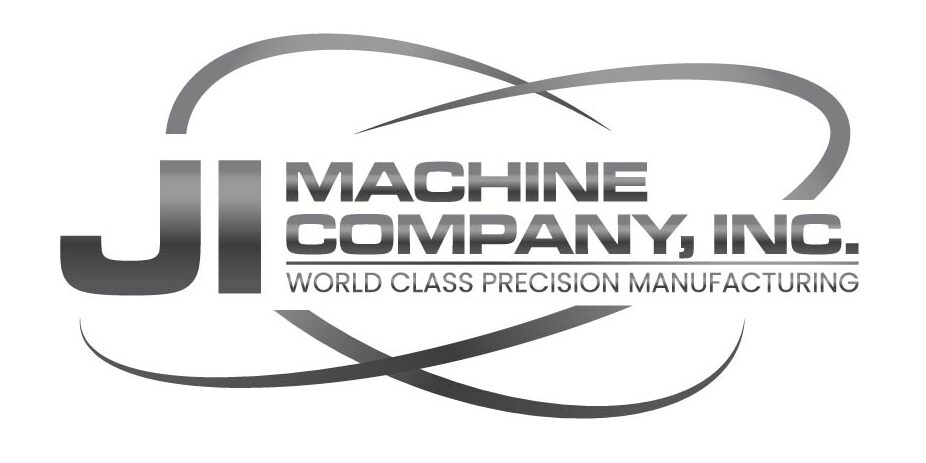Summary of the differences between 2, 3 and 4 Axis Machining
The key difference between 2, 3, and 4-axis machining lies in the number of directions a cutting tool or workpiece can move and the resulting complexity of parts that can be machined.

2-Axis Machining: This is the simplest setup. The tool can move along two linear axes, typically X and Y. This allows for creating flat profiles with straight lines and pockets. 2-axis machines are ideal for simple parts and are known for being cost-effective.
3-Axis Machining: This adds another linear axis, usually Z. With X, Y, and Z movement, the tool can create 3D features like holes, slots, and cavities on a workpiece. 3-axis machining is the most common type and offers a good balance of versatility and complexity for many parts.
4-Axis Machining: Building on 3-axis machines, 4-axis machining introduces a rotational axis. This is often an A-axis that allows the workpiece to rotate around the X-axis. This additional movement enables machining multiple sides of a complex part without needing to physically reposition it. There are two main approaches:
Indexing (3+1): The machine stops, the workpiece is rotated to a specific angle using the A-axis, and then 3-axis machining is performed at that new position. This can be repeated for different angles.
Simultaneous: The A-axis rotates continuously while the cutting tool moves along the X, Y, and Z axes. This allows machining complex curved features in a single setup.
4-axis machining offers increased productivity and the ability to create more intricate parts compared to 3-axis machines. JI Machine will always recommend the best machining application for the production of your parts.
Contact us for more information on all types of Axis Machining.
